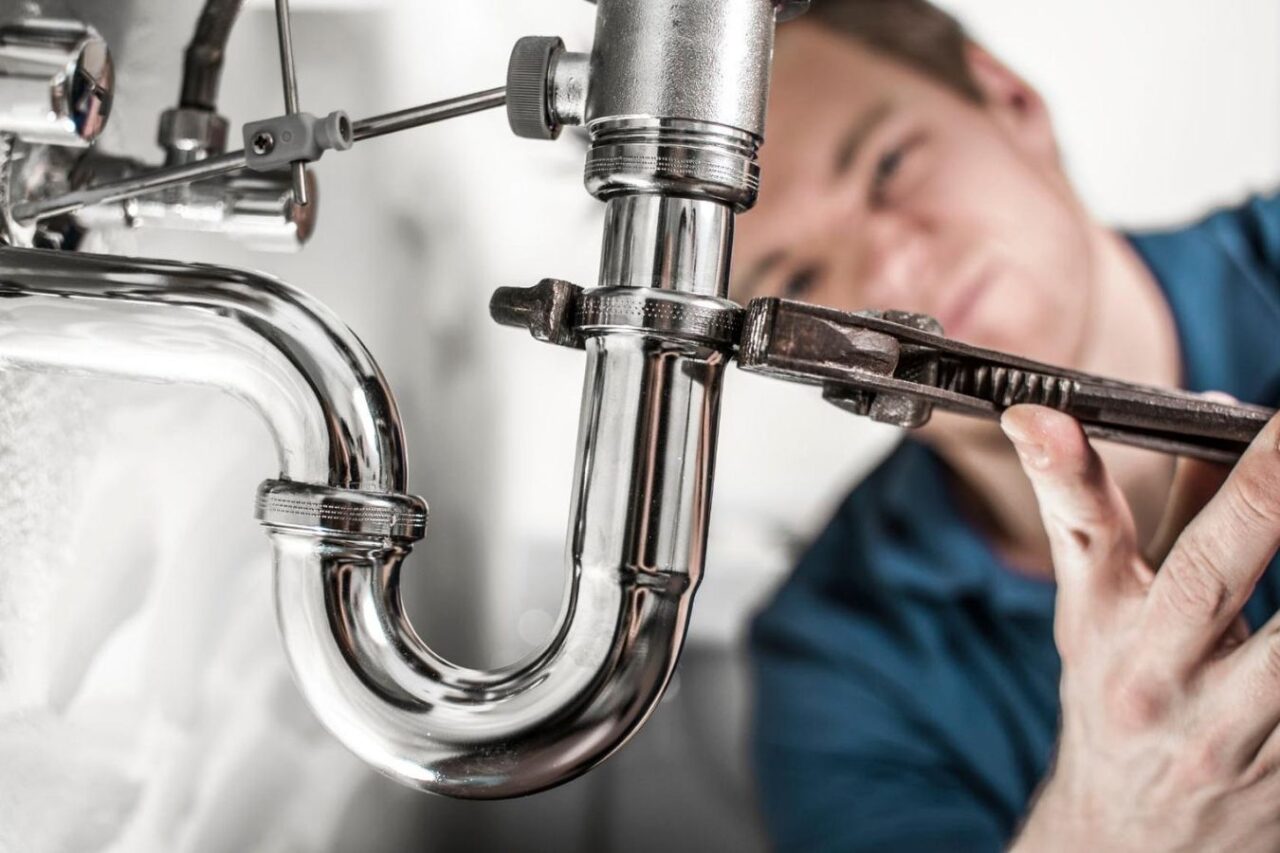The Very Best Ways to Save Water in Your Home
Conserving water at home is less complicated than you may believe. By making a couple of straightforward adjustments, you can considerably reduce your home's water usage and lower your utility costs. From updating to high-efficiency home appliances to embracing water-wise landscape design, there are countless means to save this priceless resource. While these strategies might need a first investment, the long-lasting advantages are well worth it. But the actual question is, are you ready to do something about it and start saving water today? The option is yours, and the effect you can make may just surprise you.
Key Takeaways
- Mount water-efficient devices like low-flow showerheads, high-efficiency bathrooms, and energy-star ranked washing devices to decrease water and energy intake.
- On a regular basis inspect plumbing and solution leakages to stop water waste and high energy expenses.
- Embrace water-conscious landscape design techniques by utilizing drought-tolerant plants, mounting clever watering systems, and integrating absorptive surface areas.
- Change everyday water use behaviors, such as limiting shower time, shutting off faucets while brushing teeth, and running complete lots for washing and recipes.
- Take into consideration rainwater harvesting and greywater reuse systems to reduce reliance on community water sources and reduced lasting costs.
Mounting Water-Efficient Home Appliances
One of the most efficient means to conserve water in your house is by mounting water-efficient devices, such as low-flow showerheads, high-efficiency toilets, and energy-star ranked washing equipments.
Low-flow showerheads can minimize your water use by as much as 50% while still providing a gratifying shower experience. High-efficiency bathrooms, on the various other hand, can save as much as 4,000 gallons of water each year contrasted to older versions.
Upgrading your washing equipment to an energy-star rated version can likewise make a substantial difference. These devices consume to 50% much less water and energy than standard models.
When it concerns your dishwashing machine, look for one with a high efficiency ranking. More recent dishwashers can use as low as 3 gallons of water per cycle, considerably less than older models.
Fixing Leaks and Lowering Waste
Carefully addressing leakages and decreasing inefficient water use can significantly increase your water-saving initiatives. Consistently examining your plumbing for drips or seepage and immediately repairing any kind of problems can conserve numerous gallons per month.
In addition, taking on simple habit adjustments, like switching off the faucet while brushing your teeth or doing dishes, can considerably reduce your house's general water consumption.
Leak detection is important, as even tiny, unseen leaks can significantly impact your water bill and the environment. Thoroughly check faucets, showerheads, pipes, and device connections for any kind of indicators of leak.
Utilize water meter analyses and your energy bill to identify abnormally high usage, which might indicate a concealed leak. Keeping your pipes through regular examinations and timely repair work warranties efficient water flow and stops expensive water waste.
Adopting Water-Conscious Landscape Design Practices
Past managing indoor water usage, you can even more enhance your home's performance by taking on water-conscious landscape design techniques.
Purposefully picking drought-tolerant plants and executing reliable irrigation systems can significantly minimize your exterior water usage. One efficient method is to utilize xeriscaping techniques, which focus on indigenous plants adjusted to your local environment.
By choosing indigenous varieties, you'll develop a growing landscape that needs very little watering. Furthermore, consider including rain gardens, permeable surface areas, and smart irrigation controllers to decrease water waste.
These procedures not just save resources however additionally enhance your property's curb appeal and environmental value. With a little planning, you can change your outside areas into a water-wise oasis that aligns with your sustainability objectives.
Customizing Daily Water Usage Behaviors
Together with maximizing your outdoor rooms, you can make basic modifications to your daily water usage practices that jointly contribute to significant conservation.
For example, you can start by tweaking your shower regimen. Restriction your shower time to 5 minutes or less, and set up a water-efficient showerhead to lower flow. When cleaning your teeth, transform the tap off while scrubbing rather than letting it run continually. These small actions build up swiftly, conserving gallons of water daily.
In addition, be mindful of water usage when doing washing and washing dishes. Only run complete loads, and consider energy-efficient devices that utilize much less water.
In the kitchen area, thaw frozen foods in the fridge as opposed to under running water. You can also collect rain to water interior plants, even more lessening your dependence on dealt with municipal water.
Rain Harvesting and Greywater Reuse
Rain harvesting and greywater reuse are two additional techniques you can apply to significantly decrease your home's freshwater usage. Gathering rain and reusing greywater, the wastewater from sinks, showers, and cleaning devices, enables you to supplement your interior and outdoor water needs without counting solely on the municipal supply.
With a rain harvesting system, you can catch, filter, and shop rainwater that you can then utilize for tasks like landscape design, washing cars and trucks, and flushing commodes. Rainwater filtration assures the water is tidy and safe for these non-potable usages.
Greywater systems, on the other hand, divert utilized water from choose pipes fixtures to water your grass and yard. This decreases the pressure on your septic tank or municipal wastewater therapy while supplying nutrient-rich water for your plants.
Buying these water-saving modern technologies calls for some in advance expenses, but the long-lasting cost savings on your energy bills and the environmental benefits make them rewarding considerations for eco-conscious home owners.

Regularly Asked Concerns
Exactly How Can I Calculate My House's Daily Water Intake?
To compute your home's daily water consumption, start by examining your water meter on a regular basis.
By tracking your water usage in time, you can obtain a common sense of your day-to-day intake patterns.
Several energies likewise use online devices or applications to aid you monitor your intake.
Take notice of spikes or changes in your usage, as they can suggest leaks or various other problems that may require attending to.
What Are the Benefits of Switching Over to Water-Efficient Showerheads?

Changing to water-efficient showerheads can supply many benefits.
Modern showerhead types, like aerating or high-efficiency versions, can lower your water usage by up to 40% without giving up efficiency.
Installation is commonly simple, and you'll discover a difference in your water expenses.
Past conserving money, you'll be doing your component to preserve this priceless source.
Follow straightforward installation suggestions, and you'll take pleasure in a much more lasting, water-wise lifestyle.
Just How Can I Minimize Water Usage During Washing Cycles?
To reduce water usage throughout laundry cycles, attempt these handy pointers.
Use water-efficient appliances like front-loading washing makers that utilize much less water per lots.
In addition, only run complete tons to make best use of efficiency.
When possible, opt for much shorter clean cycles and use the ideal water degree setting for the size of your load.
These easy washing suggestions can aid you save water and conserve money on your energy bills.
Does Water-Efficient Landscape Design Require Much More Maintenance?
Water-efficient landscape design does not always require more maintenance. As a matter of fact, it can in fact be less work!
By meticulously selecting drought-tolerant plants and making your landscape to lessen water requirements, you'll spend much less time watering and even more time enjoying your outside room.
The key is to concentrate on plant selection - select indigenous or adapted varieties that thrive in your local climate.
With the best landscape style, you can produce a rich, low-maintenance oasis that saves water.
Is It Lawful to Make Use Of Rain for Indoor Purposes?
Yes, it's typically lawful to utilize rainwater for indoor objectives in lots of regions, though regulations can vary. https://lambethplumbing.co.uk
Rainwater gathering systems that funnel rain into your home's pipes are a great way to supplement your interior water supply.
Just make certain to comply with regional codes and assure your system is effectively mounted to stay clear of any type of legal issues or potential health dangers.
With the right setup, you can take advantage of this cost-free, sustainable water source.
Conclusion
You can save a considerable amount of water in the house by mounting water-efficient appliances, repairing leaks, taking on water-conscious landscaping, and changing your everyday practices.
Gathering rainwater and recycling greywater better add to preservation efforts.
Implementing these techniques not only minimizes your water intake but likewise results in lasting savings on your utility bills.
